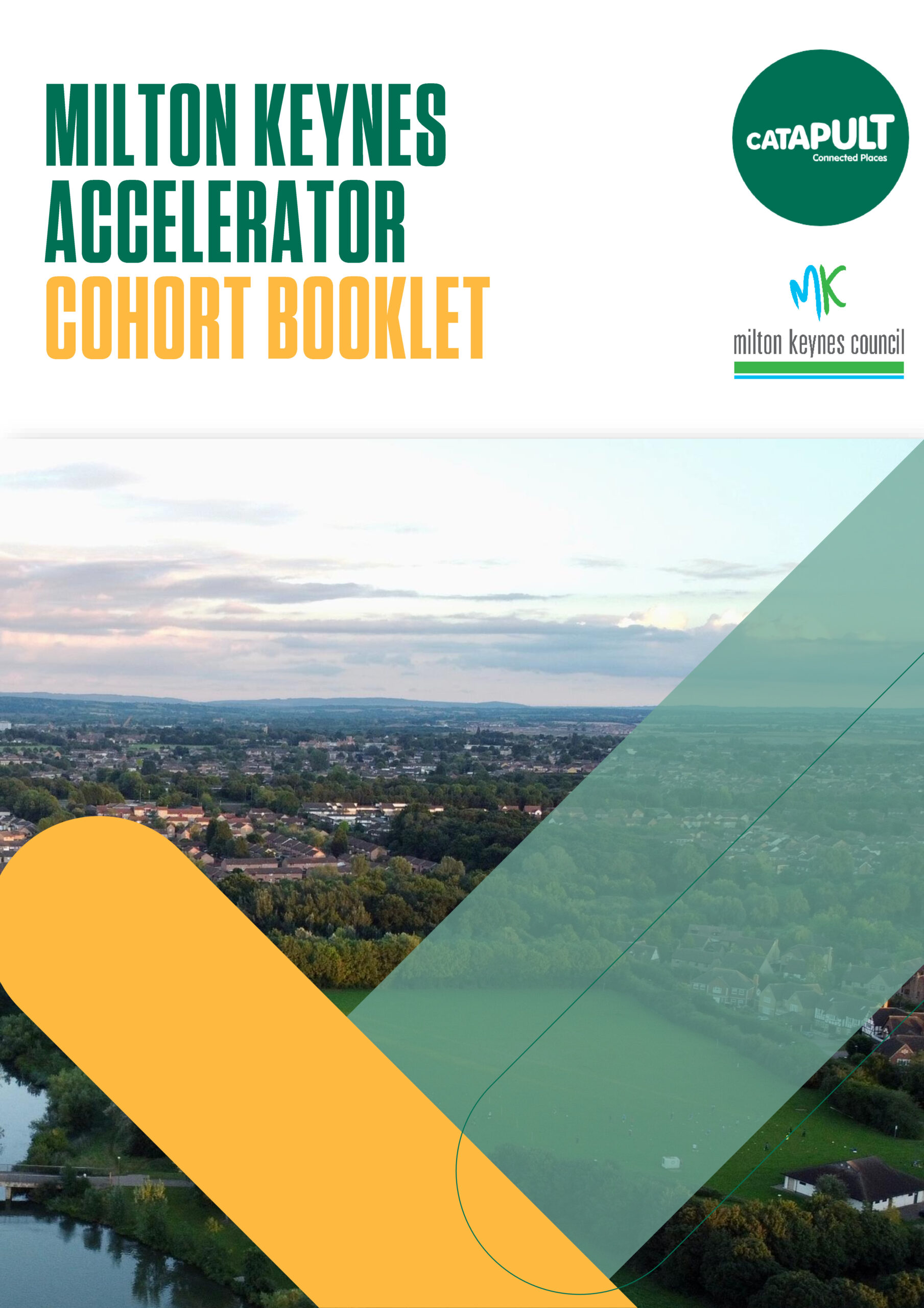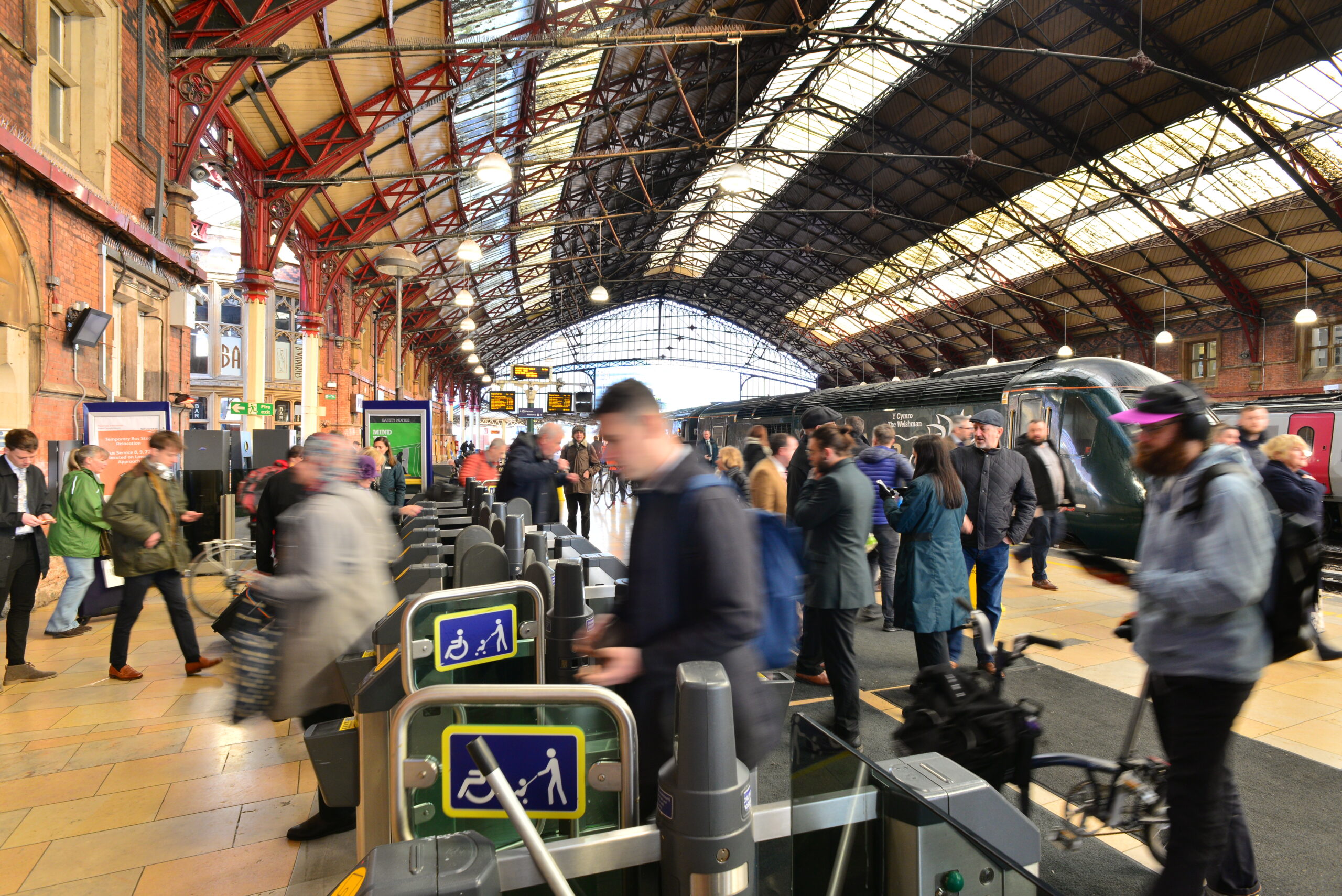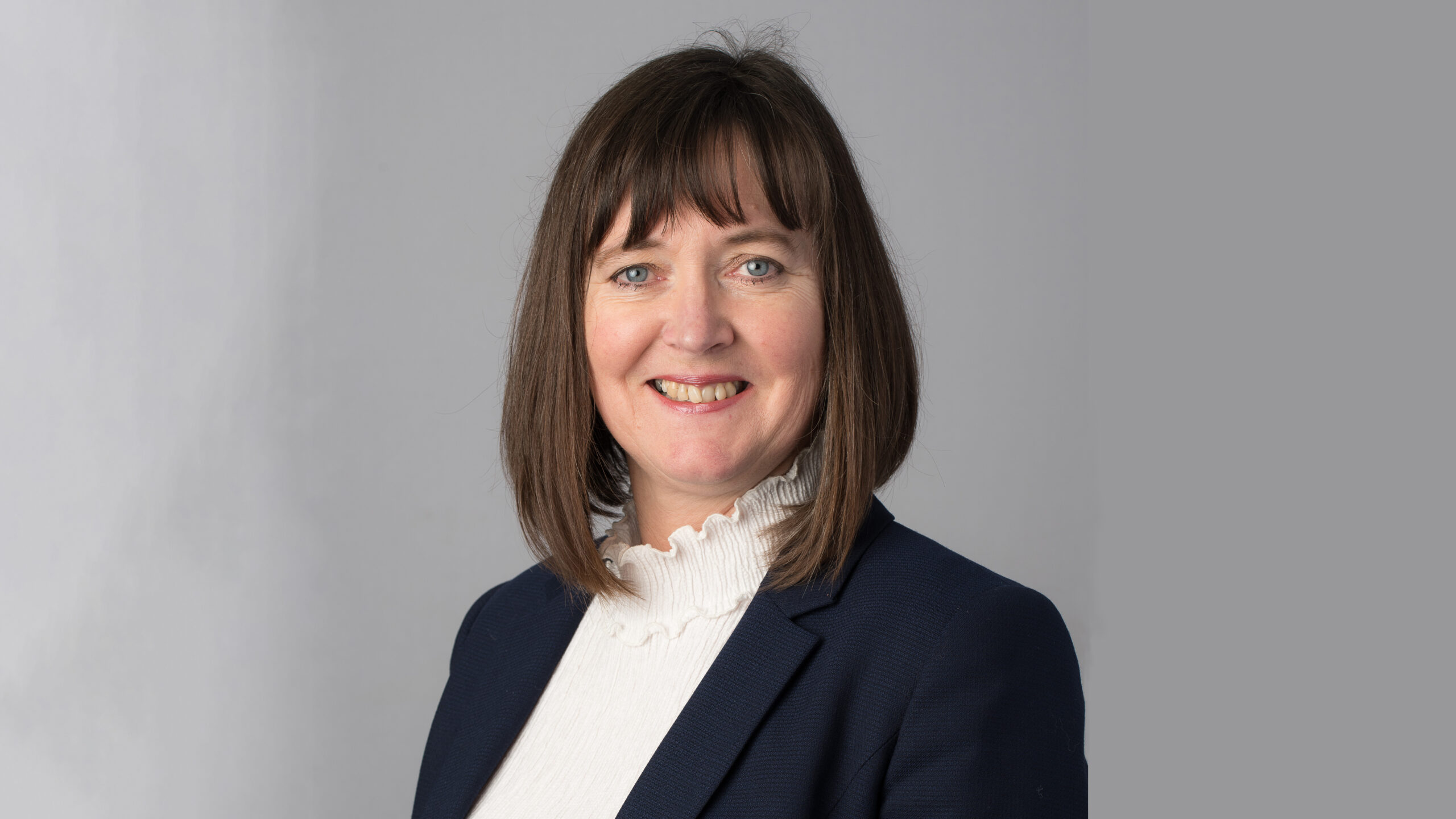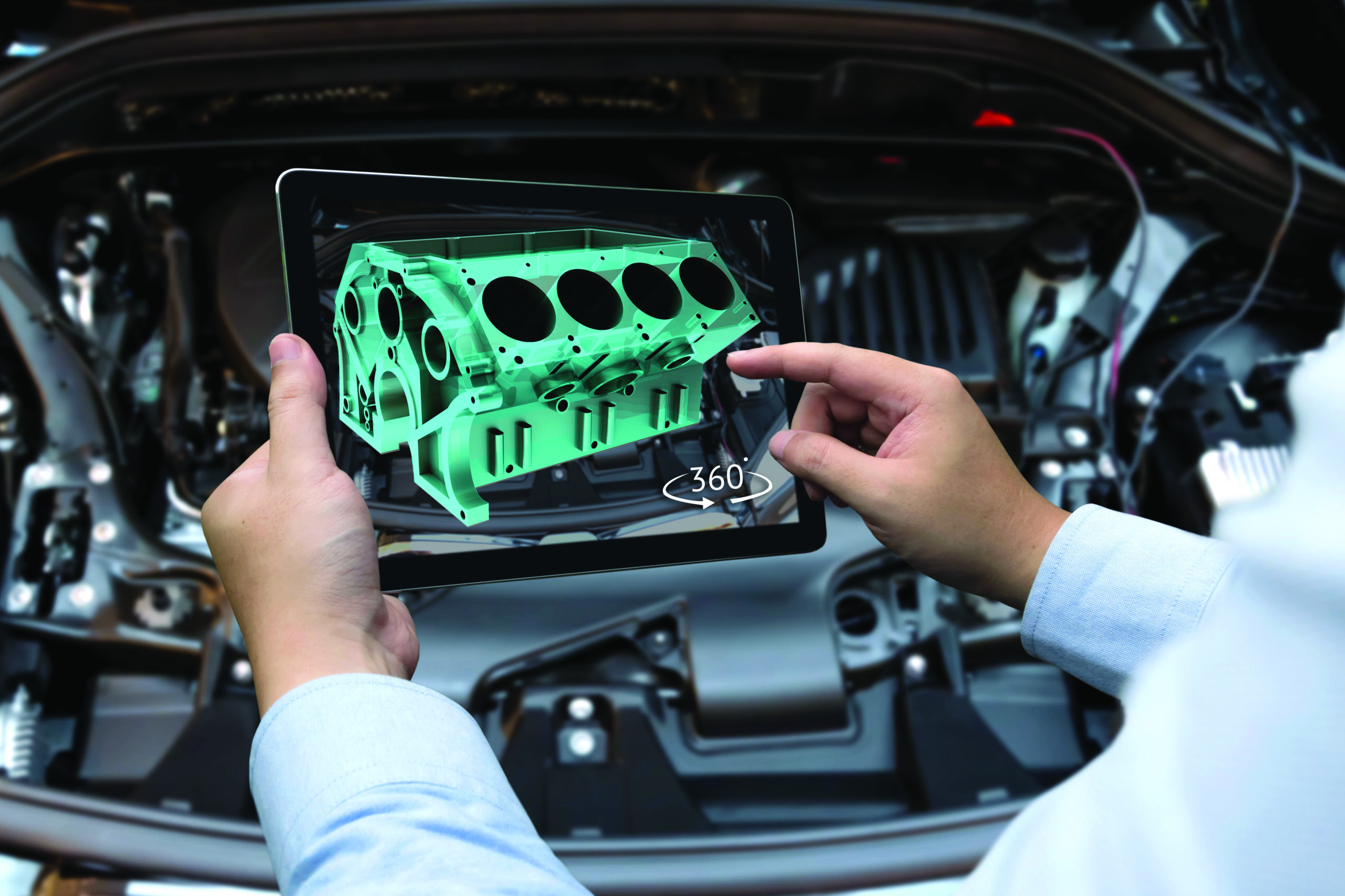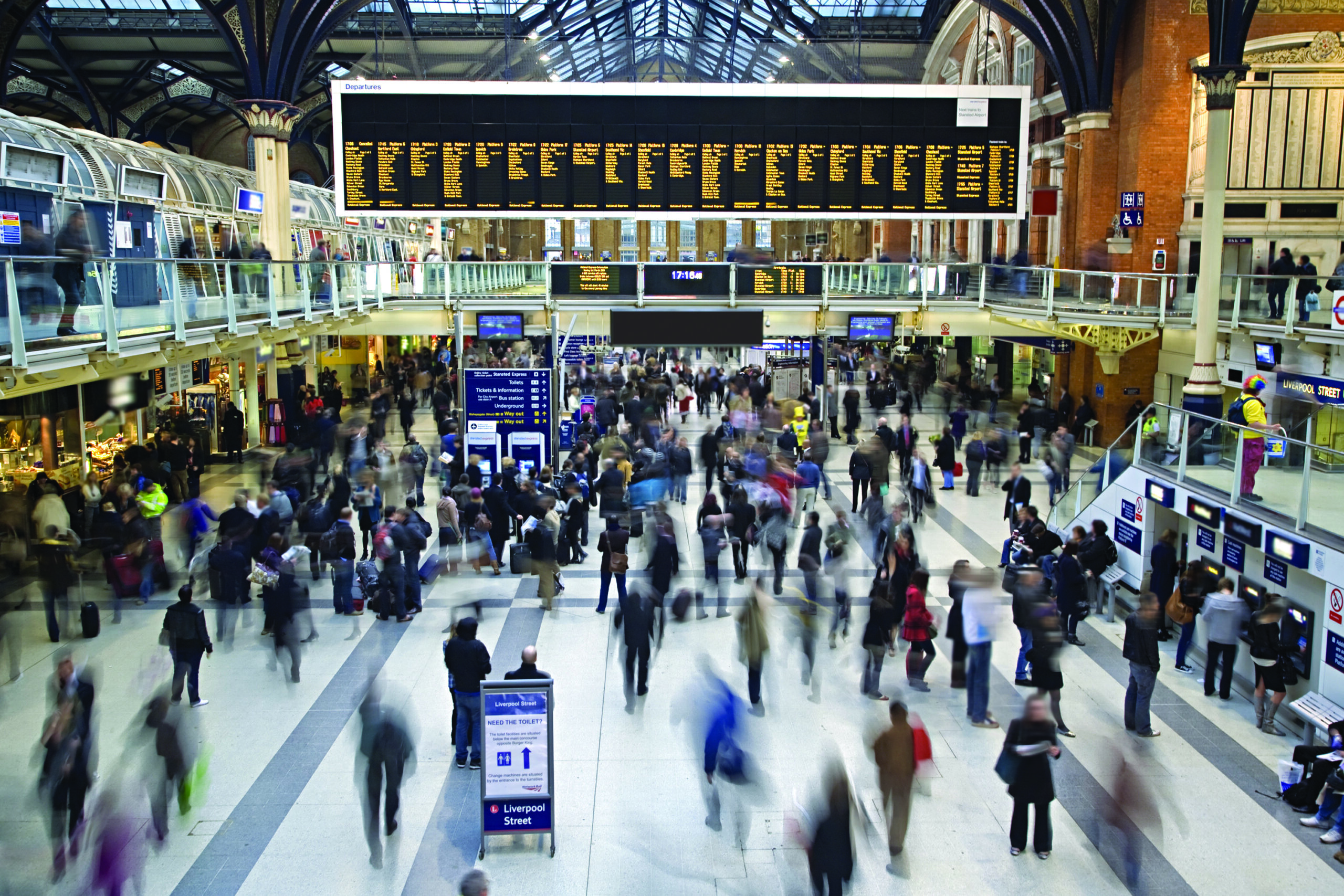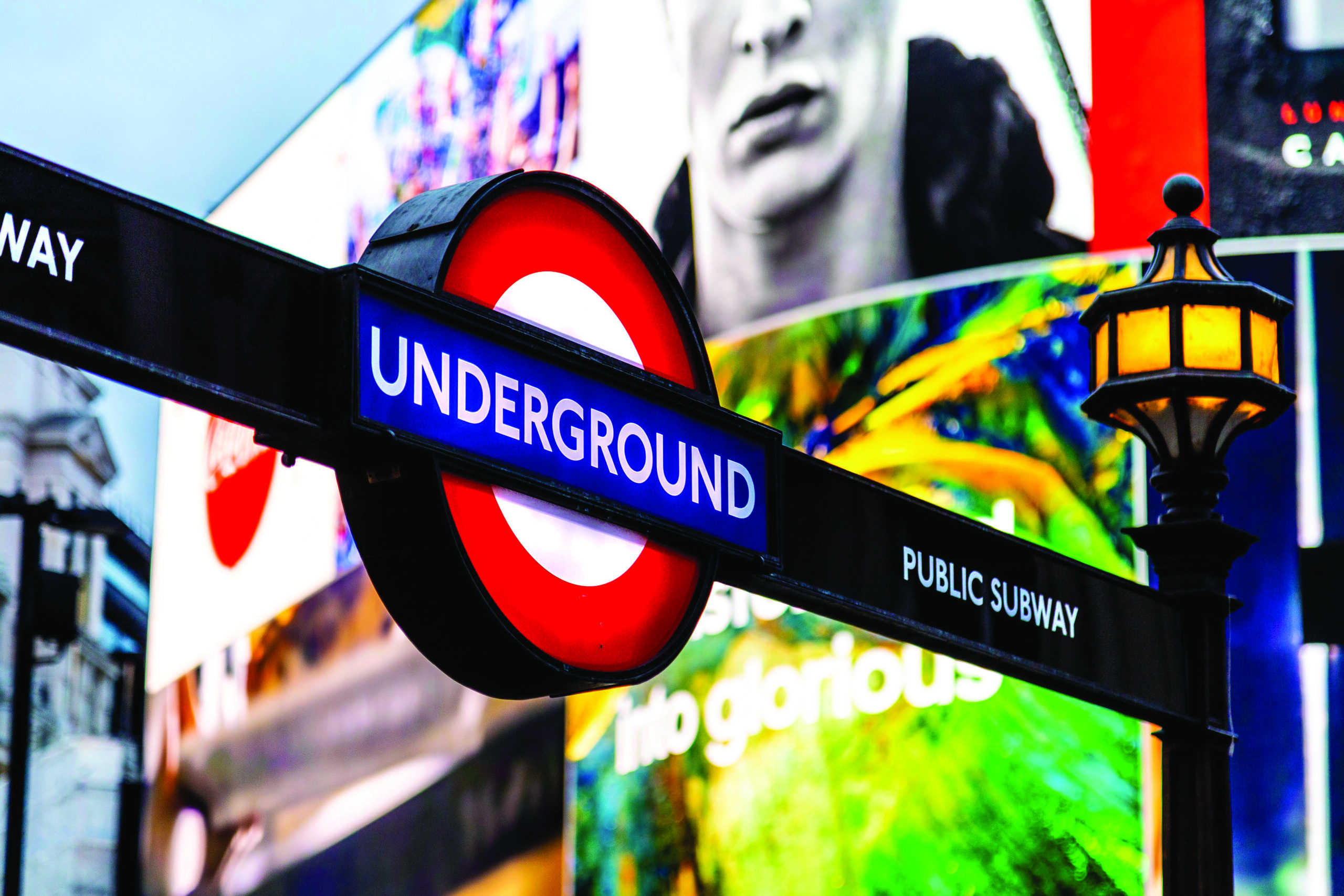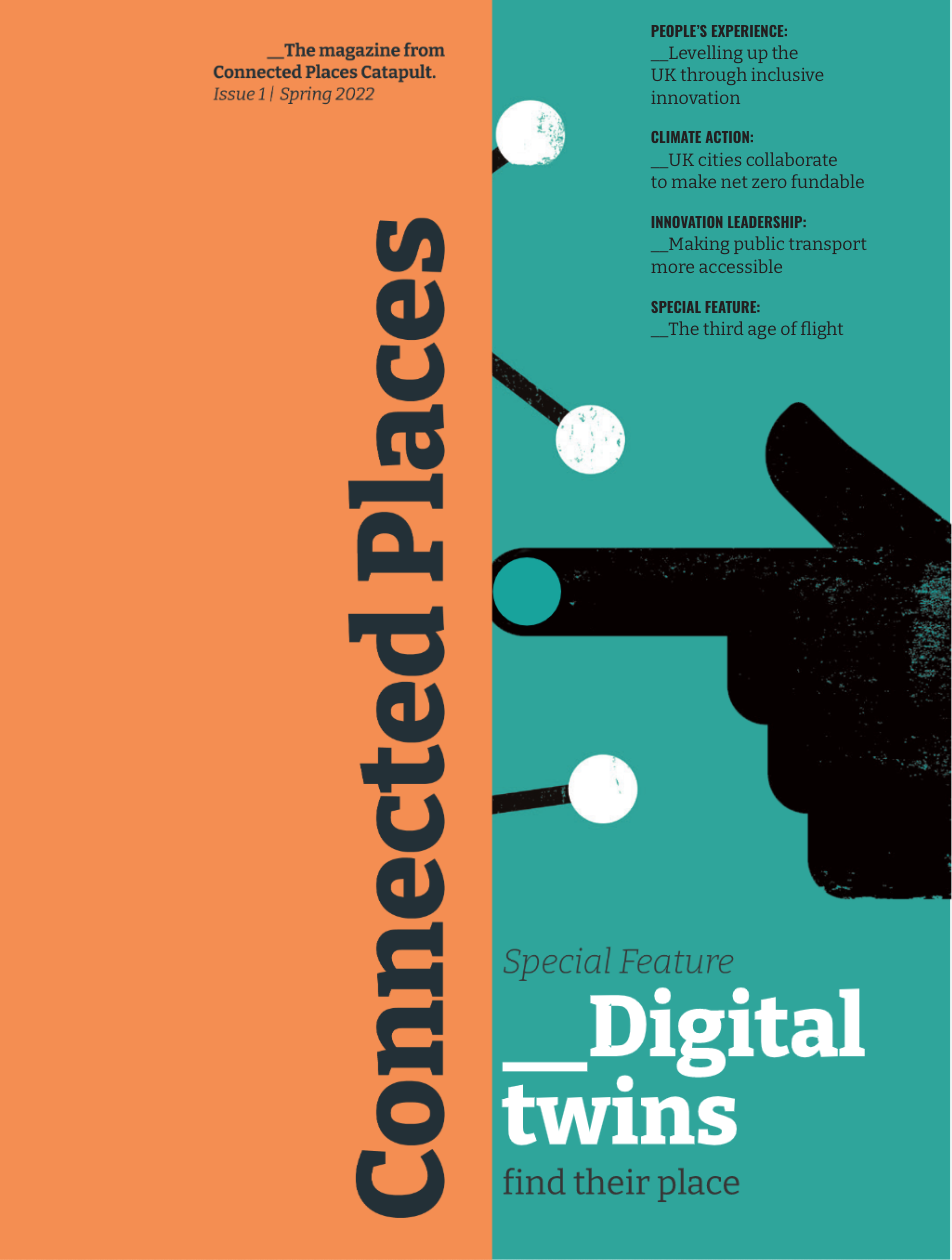Connected Places Catapult, the UK’s innovation accelerator for cities, transport, and place leadership, and Network Rail, have announced today (Monday 17 October 2022) that Bristol’s iconic train station is to host trials of innovative passenger technologies thanks to a new partnership between Network Rail and Connected Places Catapult.
The programme is selecting start-ups aiming to test new ways to improve various aspects of the passenger experience: from making journeys smoother with smarter ticketing, to making stations more accessible with wayfinding apps; from using AI to improve people flow, to designing better facilities using human-centred design principles.
The Catapult is directing millions of pounds of Innovate UK funding into the programme, which sees Bristol Temple Meads named as the UK’s first Station Innovation Zone. The five-year programme will pioneer the approach and plans are in place to roll out the model to other stations as it succeeds.

